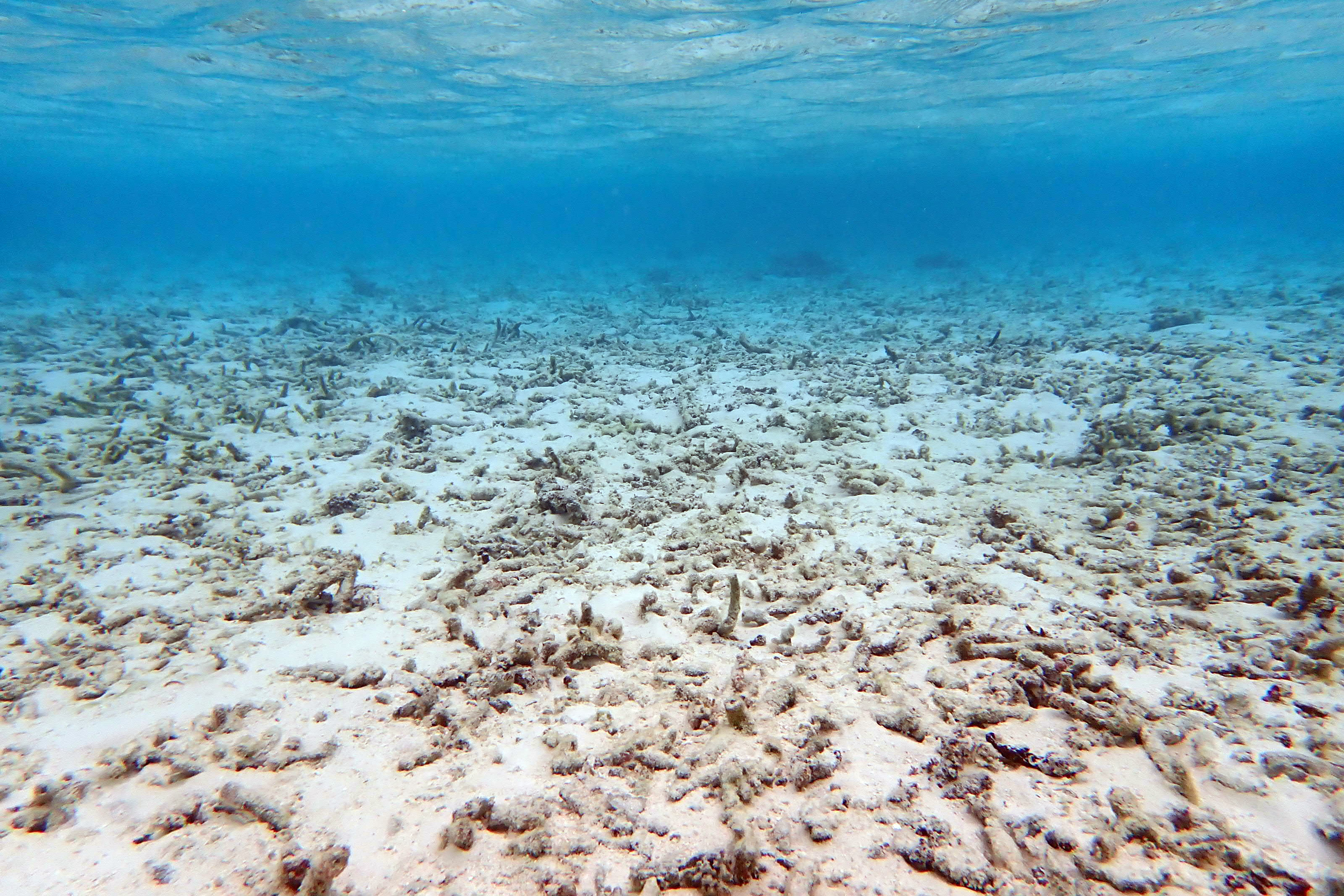A warming global climate could likely cause sudden, potentially catastrophic losses of biodiversity in regions across the globe throughout the 21st century, finds a new study that includes contributions from a UConn researcher.
The findings, published today in Nature, predict when and where there could be severe ecological disruption in the coming decades, and suggests that the first waves could already be happening.
The study’s lead author, Alex Pigot of the University College London Centre for Biodiversity & Environment Research, says, “We found that climate change risks to biodiversity don’t increase gradually. Instead, as the climate warms, within a certain area most species will be able to cope for a while, before crossing a temperature threshold, when a large proportion of the species will suddenly face conditions they’ve never experienced before.”
Pigot and colleagues including Cory Merow from the University of Connecticut, Christopher Trisos of the University of Cape Town, South Africa and the National Socio-Environment Synthesis Center – SESYNC in Maryland were seeking to predict threats to biodiversity over the course of the 21st century, rather than a single-year snapshot. They used climate model data from 1850 to 2005, and cross-referenced it with the geographic ranges of 30,652 species of birds, mammals, reptiles, amphibians, fish, and other animals and plants. The data was available for areas across the globe, divided into 100 by 100 km square grid cells.
Merow, a quantitative ecologist in UConn’s Department of Ecology and Evolutionary Biology, says they monitored the temperature increases based on projected changes due to global warming for each spot in a species’ range.
“For a single species we were able to determine, at each location in its range, the year when it is expected to get warmer than it can tolerate,” he says. “Then we did that with thirty thousand species and combined the results.”
They used climate model projections for each year up to 2100 to predict when species in each grid cell will begin experiencing temperatures that are consistently higher than the organism has previously experienced across its geographic range, for a period of at least five years.
Trisos says, “The historic temperature models, combined with species ranges, showed us the range of conditions that each organism can survive under, as far as we know.”
Merow adds, “Across the globe, when species are exposed to new temperatures and climate, die-offs happen rapidly. When one species goes, a lot of other species go with it. We found this pattern of abruptness and we tried to get rid of it by exploring different modeling decisions to be sure it wasn’t an artefact, but it’s consistent.”
The researchers found that in most ecological communities across the globe, a large proportion of the organisms will find themselves outside of their niche (comfort zone) within the same decade. Across all of the communities, on average 73% of the species facing unprecedented temperatures before 2100 will cross that threshold simultaneously.
The researchers predict that such unprecedented temperature regimes will begin before 2030 in tropical oceans, and recent events such as mass bleaching of corals on the Great Barrier Reef suggest this is happening already. Higher latitudes and tropical forests are predicted to be at risk by 2050.
Pigot says these findings highlight the urgent need for climate change mitigation, by immediately and drastically reducing emissions, which could help save thousands of species from extinction. Keeping global warming below 2°C effectively “flattens the curve” of how this risk to biodiversity will accumulate over the century, providing more time for species and ecosystems to adapt to the changing climate – whether that’s by finding new habitats, changing their behaviour, or with the help of human-led conservation efforts.
Merow adds, “We hope that our findings could serve as an early warning system, predicting which areas will be most at risk and when, that could help target conservation efforts and improve future model projections. It may be valuable to develop a ten-year monitoring program – similar to what climate scientists do, but for biodiversity – which could be updated regularly based on what actually occurs.”
The study was funded by the Royal Society, the National Science Foundation (USA) and the African Academy of Sciences.



